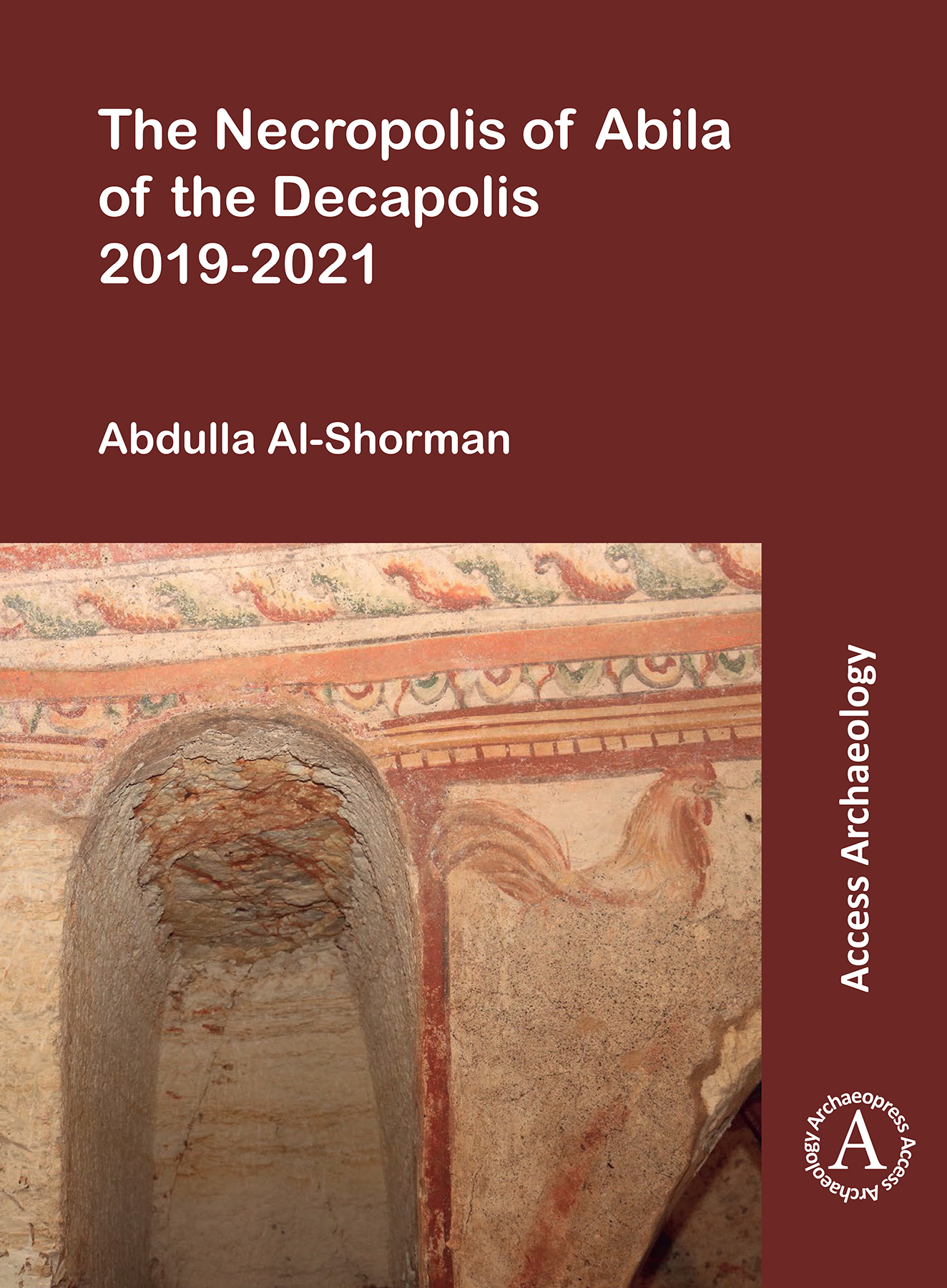Abila of the Decapolis is the largest Graeco-Roman city in Jordan with a tremendous wealth of funerary remains, and thus has the potential to improve our understanding of ancient culture and mobility. This is the first comprehensive synthesis of burial types, practices, and evidence for societal collapse in the growing field of bioarchaeology of Jordan. The book provides a comprehensive descriptive catalogue of the tombs and classification of tomb types, documented by over a hundred plans and 3D reconstructions. It also presents a model to explain the decline of Abila at the end of the Byzantine period. It will be a unique source for students and researchers interested in the funerary architecture and bioarchaeology of the classical period (Greek, Roman, and Byzantine).
Contents
Preface ;
Abila of The Decapolis ;
The Necropolis of Abila And Tomb Types ;
Description of Abila Tombs ;
Burial Practices at Abila ;
The Skeletal Remains ;
The Fall of Abila ;
Beyond The Tombs ;
Abila: The Whole Story ;
Plans of Type Ia ;
Plans of Type Ib ;
Plans of Type II ;
Plans of Type III ;
Plans of Type IV ;
Plans of Type Va ;
Plans of Type Vb ;
Plans of Type Vc ;
Plans of Type Vd ;
Plans of Type VI ;
Photo of Type VIII ;
Plans of Type IX ;
Tomb Type X- Columbaria ;
Tomb Type XI ;
Photographs ;
ReferencesH 276 x W 203 mm
258 pages
168 figures, 17 tables (colour throughout)
Published Aug 2022
Archaeopress Access Archaeology
ISBN
Paperback: 9781803272870
Digital: 9781803272887










 Stumble It!
Stumble It!

No comments:
Post a Comment